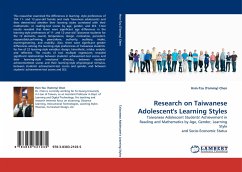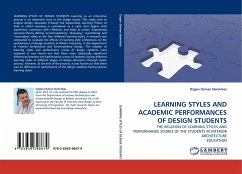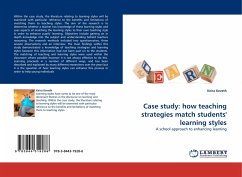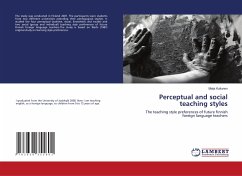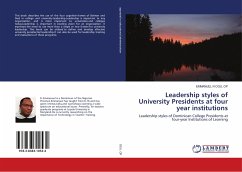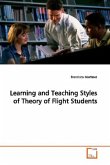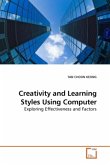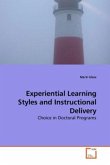This researcher examined the differences in learning- style preferences of 704 11- and 12-year-old female and male Taiwanese adolescents and then determined whether their learning styles correlated with their mathematic- or reading-test scores by age, gender, and SES. T-test results revealed that there were significant age differences in the learning-style preferences of 11- and 12-year-old Taiwanese students for the 12 elements, sound, temperature, design, motivation, persistent, responsible/confirming, peers/alone, authority, auditory, intake, morning/evening, and mobility. Also, there were significant gender differences among the learning-style preferences of Taiwanese students. for five of 23 learning-style variables: design, kinesthetic, intake, analytic and reflective. The results of two multiple regressions revealed significant relationships between students' achievement-test scores and their learning-style emotional stimulus, between students' achievementtest scores and their learning-style physiological stimulus, between students' achievement-test scores and gender, and between students' achievement-test scores and SES.
Bitte wählen Sie Ihr Anliegen aus.
Rechnungen
Retourenschein anfordern
Bestellstatus
Storno

